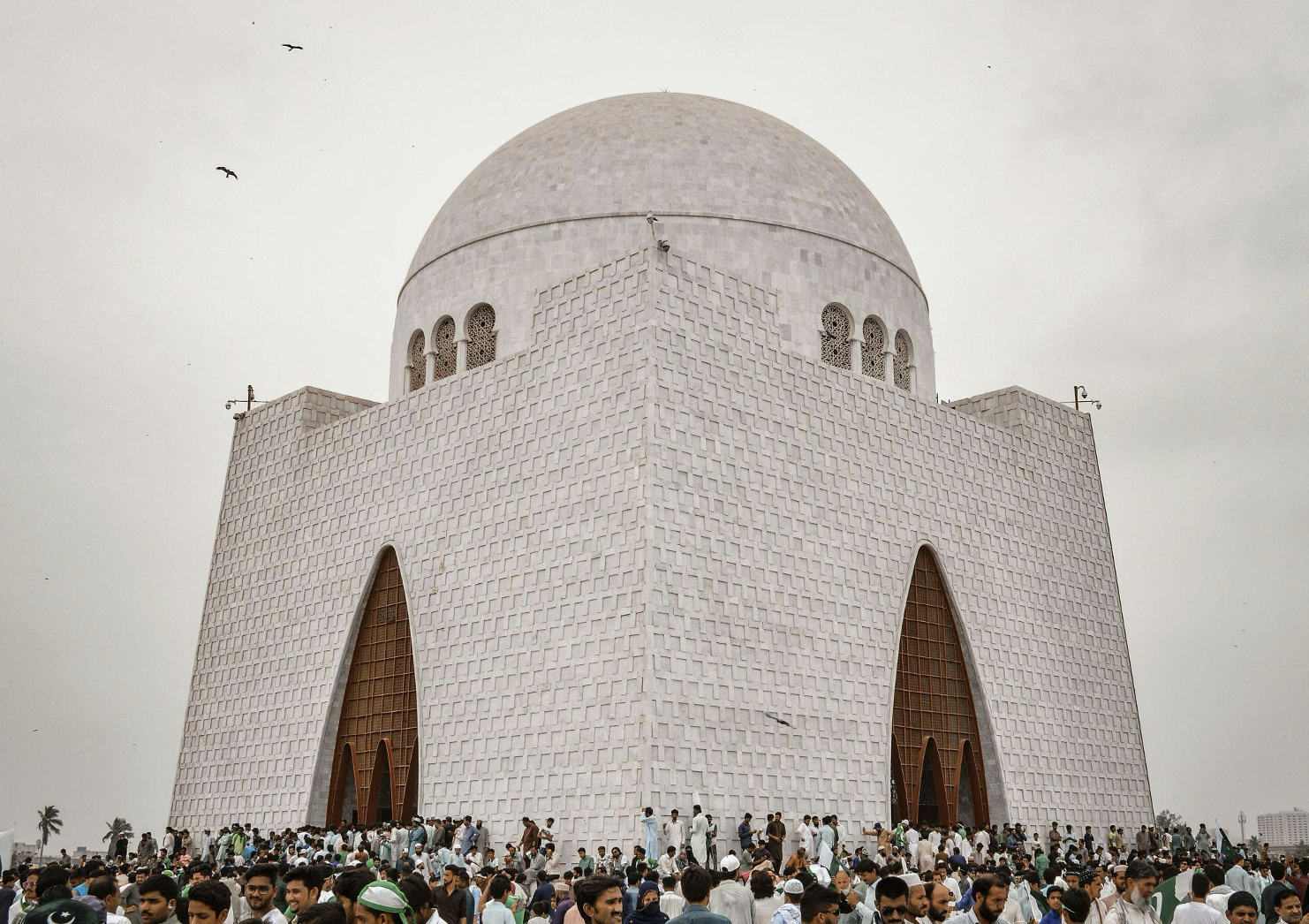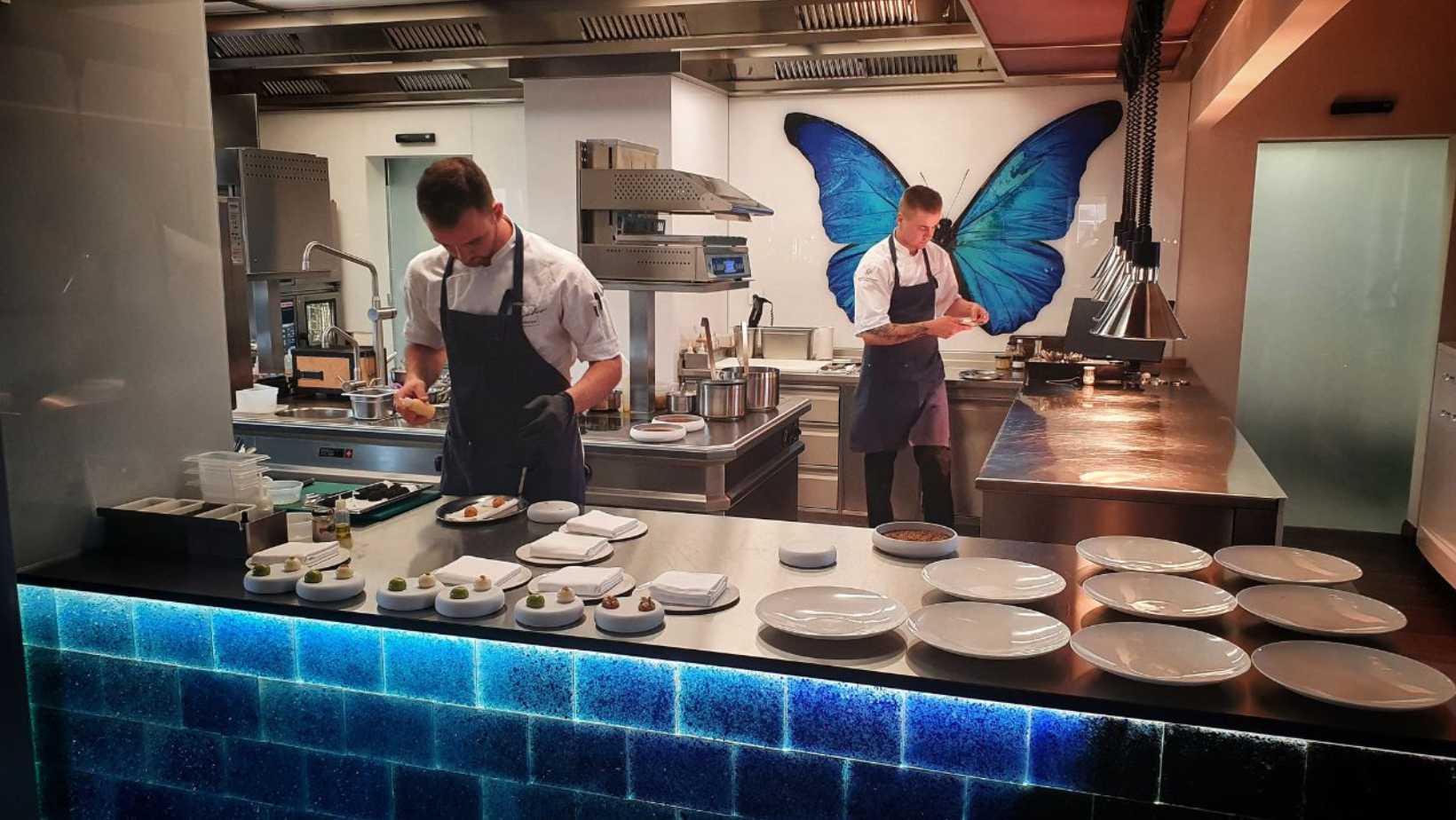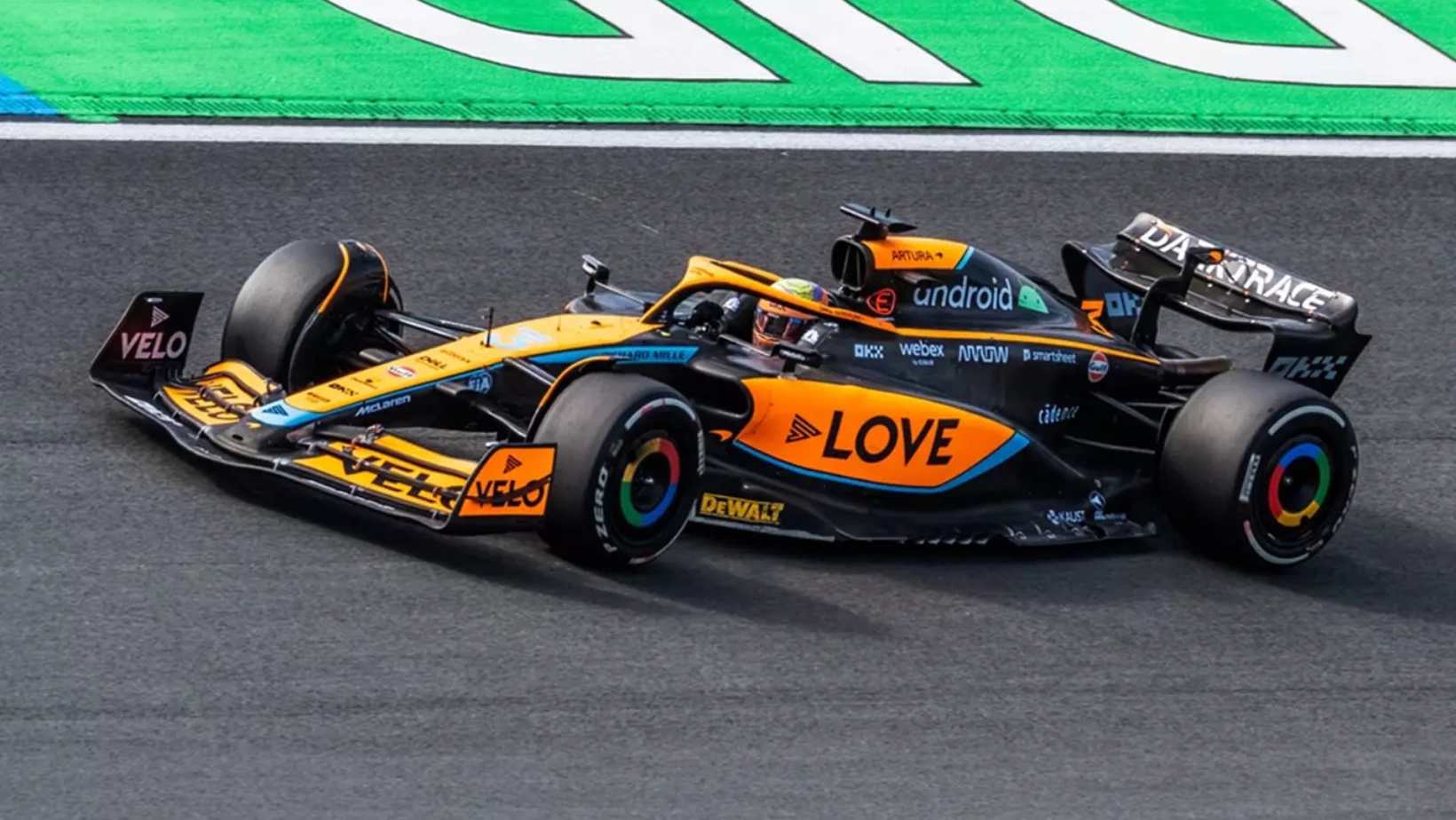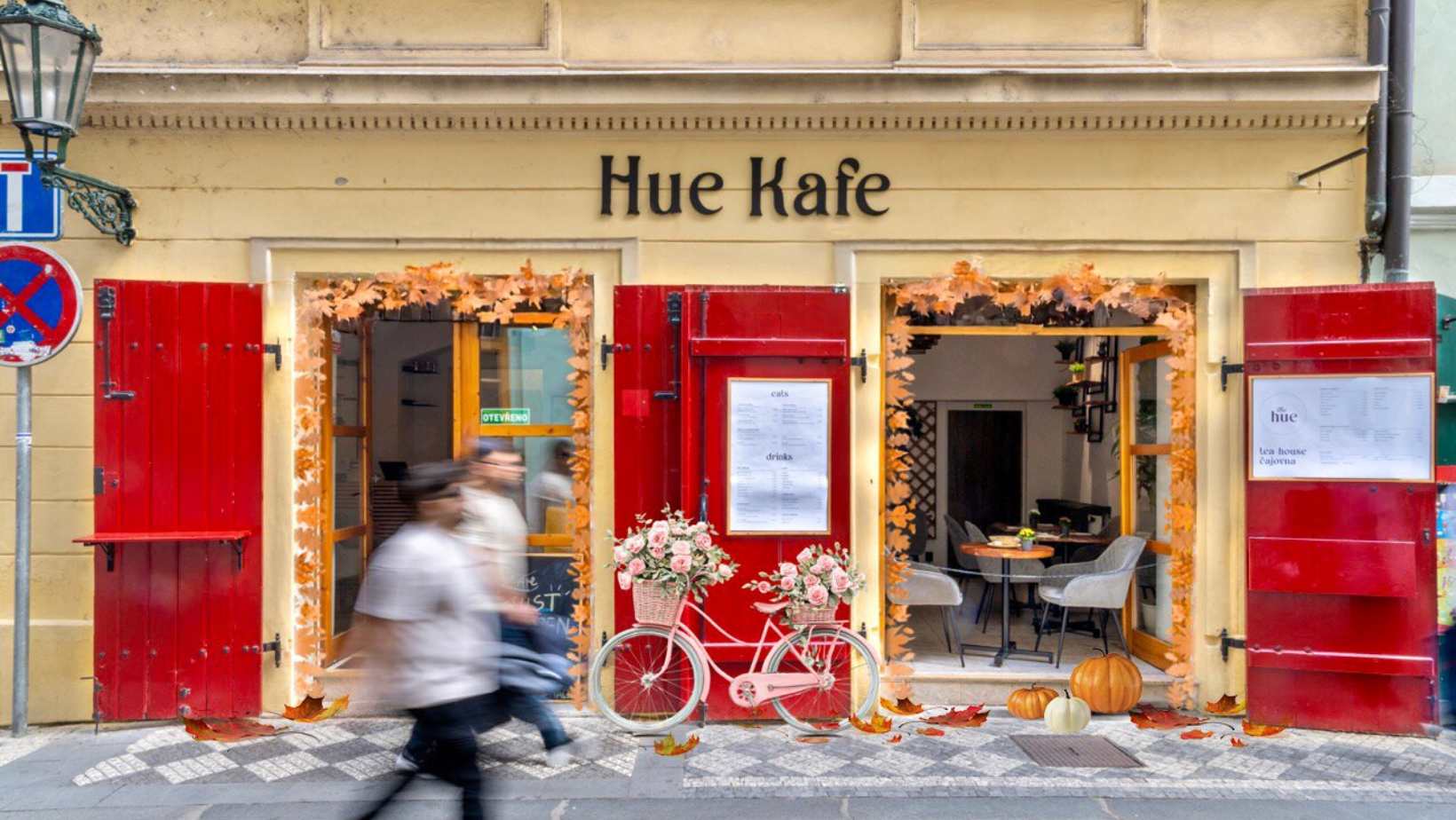A Cultural Journey Through Pakistan's Historic Cities
Prague Morning

With its rich history made up of different cultures and kingdoms, Pakistan can be very educational for cultural enthusiasts. The historical towns serve as open-air museums representing thousands of years dedicated to art and religion. For anyone interested in discovering the important past events and culture of Pakistan, book your PIA flights, as this article is about the cultural sites in some of the major cities.
Lahore: The Mughal Imperial Capital
The cultural center of Punjab, Lahore, was one of the key capitals under the Mughal Empire, and therefore, it has an incomparable architectural heritage.
- Lahore Fort (Shahi Qila): This place is a UNESCO World Heritage site and its history goes back to a time even before the Mughal Empire. Although most of what can be seen today was built under the leadership of Akbar in the 16th century, followed by other Mughal emperors. It contains the Sheesh Mahal or Palace of Mirrors, Alamgiri Gate, and Naulakha Pavilion among others. Plan on spending three to four hours visiting this attraction.
- Badshahi Mosque: The construction of this iconic mosque was ordered by Emperor Aurangzeb in 1673. Found opposite the Lahore Fort, it is able to take in more than one hundred thousand worshippers within its expansive courtyard, therefore ranking among the biggest mosques globally. It is an illustration of Mughal architecture using red stones and marble, which are decorated on a white stone surface.
Multan: Ancient City of Saints and Shrines
The city of Multan is famous for being among the oldest cities that are still occupied in South Asia, and it is also popular because of its Sufi heritage as well as a distinct kind of pottery.
- Shrine of Shah Rukn-e-Alam: With its huge dome, complex blue-and-white tile work, and eight-sided layout, this UNESCO-designated Tughlaq architecture is an outstanding piece of the fourteenth century.
- Shrine of Bahauddin Zakariya: The tomb of a respected Sufi saint is visited by pilgrims from every part of the nation. This compound serves as a hub for both Sufi knowledge and cultural practice.
- Hussain Agahi Bazaar: Multan’s oldest and most bustling markets stock a variety of items like Multani Sohan Halwa as well as indigenous handicrafts.
Taxila: Center of Gandhara Civilization
Taxila is located close to Islamabad and is an archeological gold mine that shows the essence of Gandhara civilization, which was a very important Buddhist educational and art center between the 6th century BCE and the 5th century CE.
- Archaeological Sites (UNESCO World Heritage): Within the site lie the remains of three ancient cities and many monastic complexes, with some major ones being as follows: Sirkap: This is the second Hellenistic grid-planned city. Dharmarajika Stupa: It is among the first stupas of Buddhism in this area. Jaulian and Mohra Muradu: Ruins having intact structure of Buddhist monasteries.
- Taxila Museum: It is home to a wide range of Gandharan art consisting of Buddha statues, bodhisattvas, as well as narrative panels illustrating events from Buddhist jatakas; all this goes on to show an exclusive combination between the Indian and Greco-Roman art. Plan for a minimum of 2-3 hours at the museum and then some more time in other important places.
Peshawar: Historic Gateway to the Subcontinent
Throughout history, Peshawar, the capital of Khyber Pakhtunkhwa province, has been an important commercial centre and a doorway connecting Central Asia to the Indian Sub-continent.
- Qissa Khwani Bazaar (Storytellers’ Bazaar): It used to be a center for storytelling among traders and travelers. The place is now busy with sales of cultural products.
- Mahabat Khan Mosque: Situated within the ancient city, this is a Mughal mosque of the 17th century that takes pride in its detailed tile work and frescoes.
- Peshawar Museum: It houses one of the most important collections of Gandharan art in addition to cultural exhibits about the people living in the area, like the Pathans and products from all over the province of Khyber Pakhtunkhwa.
- Bala Hisar Fort: This fort provides an aerial view of the city. Throughout history, different kings reconstructed and extended this fort (Access may sometimes be restricted; inquire locally).
Conclusion
Exploring the ancient cities of Pakistan is an amazing way through which one can see how rich and varied the South Asian culture is. With your flight booking and proper planning, a trip to these areas will enable one to experience firsthand the influence of cultures that have existed for thousands of years. Ensure you check for any travel advice updates from your government’s foreign department before finalizing your plans.
-
NEWSLETTER
Subscribe for our daily news










